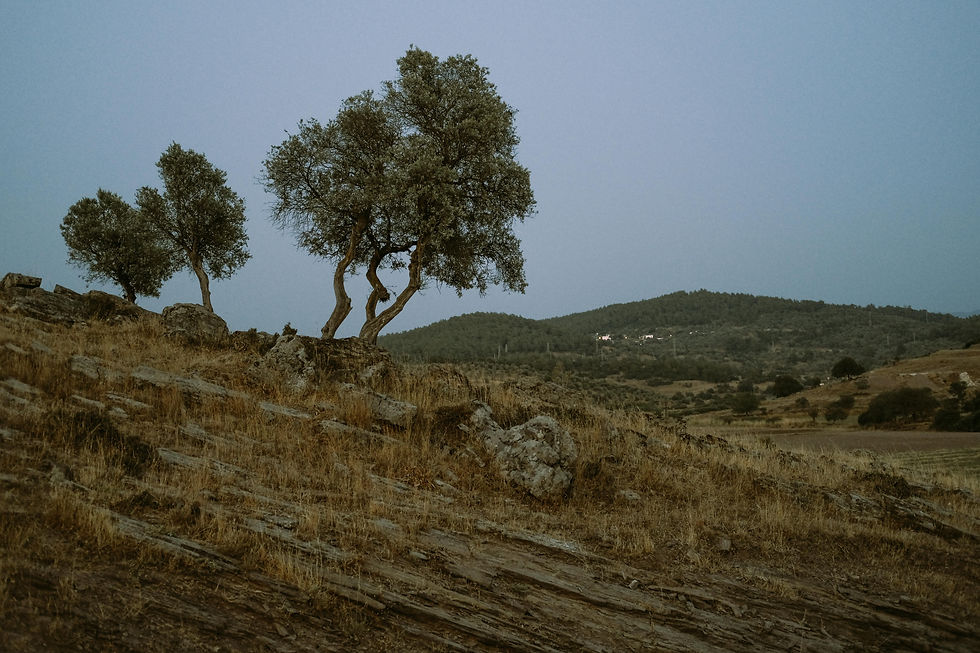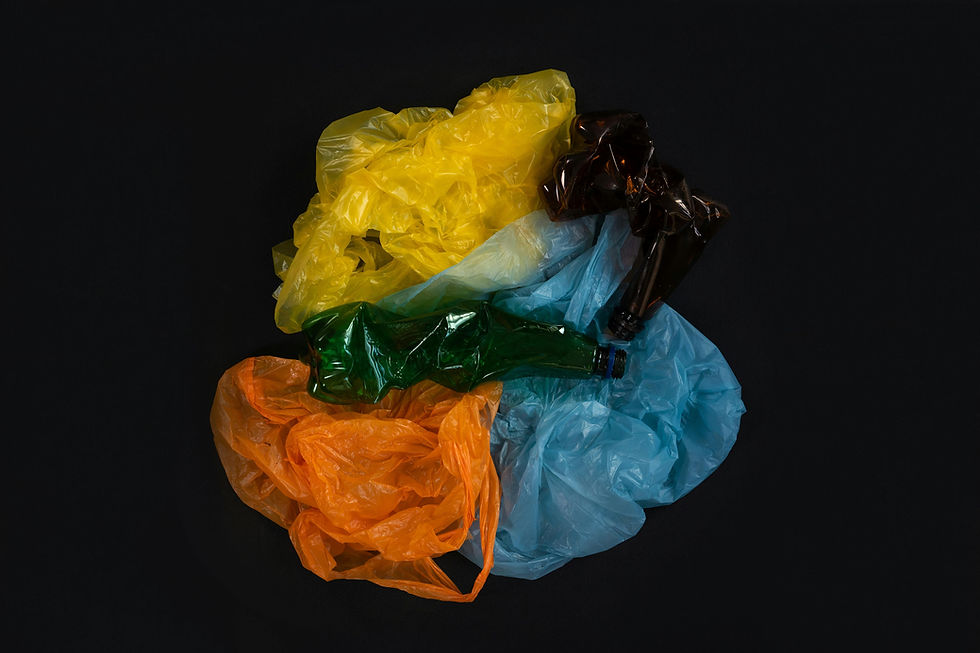The Justice Based Approach: Challenging the ‘Norm’ of Unjust Practices
- Ashish Barua

- Oct 26, 2021
- 5 min read
Updated: Jan 5, 2022

Looking to a future that includes nature and the planet, a whole society approach, and creatures other than the human beings
“Human rights take history out of justice,” said Arundhati Roy. “Human rights are fundamental rights, they are the minimum, the very least we demand. Too often, they become the goal itself. What should be the minimum becomes the maximum - all we are supposed to expect - but human rights are not enough. The goal is, and must always be, justice”.
The Human Rights Based Approach is great...
Eleanor Roosevelt, the First Lady of the United States from 1933 to 1945, was appointed as a delegate to the United Nations General Assembly in 1946. She, as the Chairperson of the Commission on Human Rights, played a key role in drafting the Universal Declaration of Human Rights. This was the first international agreement addressing the basic principles of human rights. It outlined the rights and freedoms of every human being. Later in 1991, the Human Rights Based Approach (HRBA) was introduced and has been gradually implemented in the development and humanitarian sectors.
...but not enough...
Yet in 2021, we are still struggling with growing inequality, despite all of the development. We are advancing in science and technology but destroying the environment and expediting climate change. We have a lot of resources, but half of those are on the 16 palms of 8 people in the global North. There are growing concerns of disparity between North and South, rich and poor, powerless and power-holders. Still, there is sexism, racism, white supremacy, and extremism everywhere.
HRBA has been in practice for a long time, but still there is inequality and injustice. One of the limitations of HRBA is that it focuses only on human rights. It does not include other creatures, many social justice issues, environmental rights, nature, and the planet. It’s a good starting point but incomplete in many senses.
In addition, it has, in most cases, been poorly implemented and is only a drop in the ocean of injustice. HRBA talks a lot about the present while hardly giving any reflection about the future. For example, almost all countries have been suffering from climate breakdown, but HRBA gives us very limited scope to deal with the existing climate injustice.
...and this is where the Justice Based Approach comes in!
An unjust world, despite a long journey of HRBA, is evident, especially if we investigate the existing structures and systems, decision-making processes, and models we are applying every day in our work and life. The “unjust” systems includes oppressions such as colonialism, racism, and patriarchy, all of which prevail at every corner of the globe. These systems enable some or a specific group to benefit at the expense of others. Our unjust system, for example, is abusing the environment in the name of economic growth and development, and there is little voice against it.
Sadly, we have been going through a culture and practice of “unjust” decisions, too, which has been normalized in our work and life. It works like this: decision-making by an individual or a power-hub impacts all others, including in the family, community, workplace, business, party, and state. I can see this personally as I look back at myself: I have replaced my father because of my earning power and now make almost all the decisions for my family ( patriarchy!). We have become habituated to these structures that give one person more power than another (“Hierarchy is rubbish,” I have recently learned from one of my friends), and it results in unjust decisions and more injustice in the end.
We are also part of a society that consists of “unjust” models all around us. In fact, all of society is made up of models that we design for different parts of our lives. These unjust models are based on our assumptions, and we adjust ourselves to the models rather than challenging or questioning them. In this way, we make harm for ourselves and our community and groom a generation without a backbone.
I experienced this in a small way in a Masters course I am currently doing in a reputed university in Bangladesh. I observed a class held regularly for 2 hours while the credit hour is designed for 3 hours (which all the students paid for). I challenged why we had to pay for 3 hours then and asked the department for my money back for that one hour. All they did was point me to an end-of-course evaluation. How pitiful! They have never experienced such a claim (or didn’t want to do anything about it) and have a mental model, an assumption, that says students do not have anything important to say. Doing or accepting what is “normal” is not always best!
An answer to the question, “Why is injustice continuing?” may be “unjust” accountability. All of us allow injustice to continue. We not only ignore the pain and suffering caused because of injustice but also allow, in some cases even encourage, those responsible to continue without taking responsibility. Ironically, even if we do raise our voice to hold others accountable, we hardly think about self-accountability. Again, if I reflect on myself, I know that I find it hard to be accountable to my wife and daughter while making decisions for my family. I never think that each decision made in my daily life has consequences for them. I find the same in my workplace when I am making decisions for my team. I hardly think about my accountability to my subordinates while I am overly-conscious about accountability to my supervisors.
As Martin Luther King said, “Nothing in all the world is more dangerous than sincere ignorance and conscientious stupidity.” We are all still practicing this most dangerous thing in our lives.
But what is the solution?
The Justice Based Approach (JBA) helps us look at our work and life through a different lens. JBA guides us through challenging our everyday decisions, actions and thought process with its five pillars model – Radical System, Living Democracy, Everyday Activism, Alternative Models and Brave Accountability. Over the next few months, we will be featuring an article from different writers from around the world, each about the 5 pillars of JBA. So make sure to check back soon to see the next article in this series!









Comments